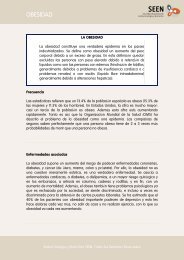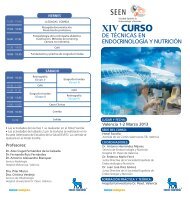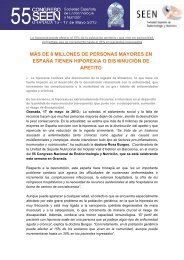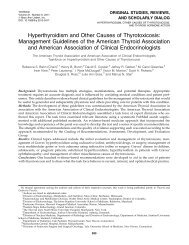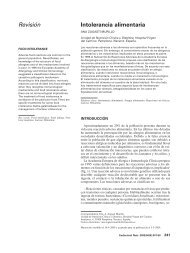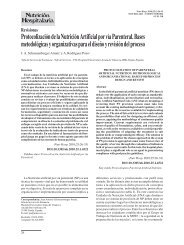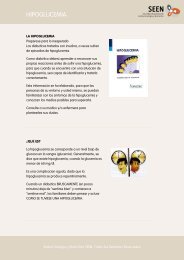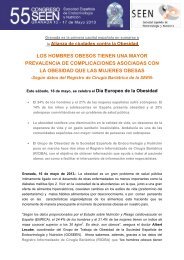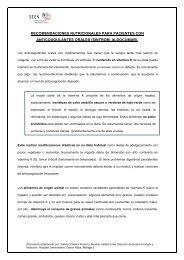Basic Concepts of Fluid and Electrolyte Therapy
Basic Concepts of Fluid and Electrolyte Therapy
Basic Concepts of Fluid and Electrolyte Therapy
Create successful ePaper yourself
Turn your PDF publications into a flip-book with our unique Google optimized e-Paper software.
The blood buffering system, which is dependent upon<br />
the relative proportions <strong>of</strong> carbonic acid from carbon dioxide (CO 2<br />
)<br />
<strong>and</strong> <strong>of</strong> bicarbonate (HCO 3 – ) defined by the Henderson-Hasselbach<br />
equation. Note that the pH is determined by the ratio <strong>of</strong> HCO 3 – to<br />
CO 2<br />
.<br />
pH = 6.10 + log<br />
[ HCO 3– ]<br />
0.03pCO 2<br />
haemoglobin<br />
phosphate (organic <strong>and</strong> inorganic)<br />
bone <strong>and</strong> its calcium salts<br />
The kidney buffering system which<br />
controls hydrogen (H + ) <strong>and</strong> bicarbonate (HCO 3–<br />
) excretion or reabsorption<br />
as well as the conversion <strong>of</strong> ammonia (NH 3<br />
) to ammonium<br />
(NH 4+<br />
) in the urine.<br />
The lung buffering system which controls<br />
the carbon dioxide (CO 2<br />
) in the blood, increasing expired CO 2<br />
when<br />
more is produced or to compensate for metabolic acidosis.<br />
The liver buffering system which<br />
removes <strong>and</strong> recycles the large amounts <strong>of</strong> lactate produced by<br />
anaerobic respiration (the Cori cycle).<br />
Disease states can disrupt this finely balanced system resulting in a<br />
dangerously low (pH 7.6). Specific<br />
patient management will depend upon the clinical status <strong>of</strong> the<br />
patient <strong>and</strong> correction <strong>of</strong> the underlying cause. This chapter will pro-<br />
62




